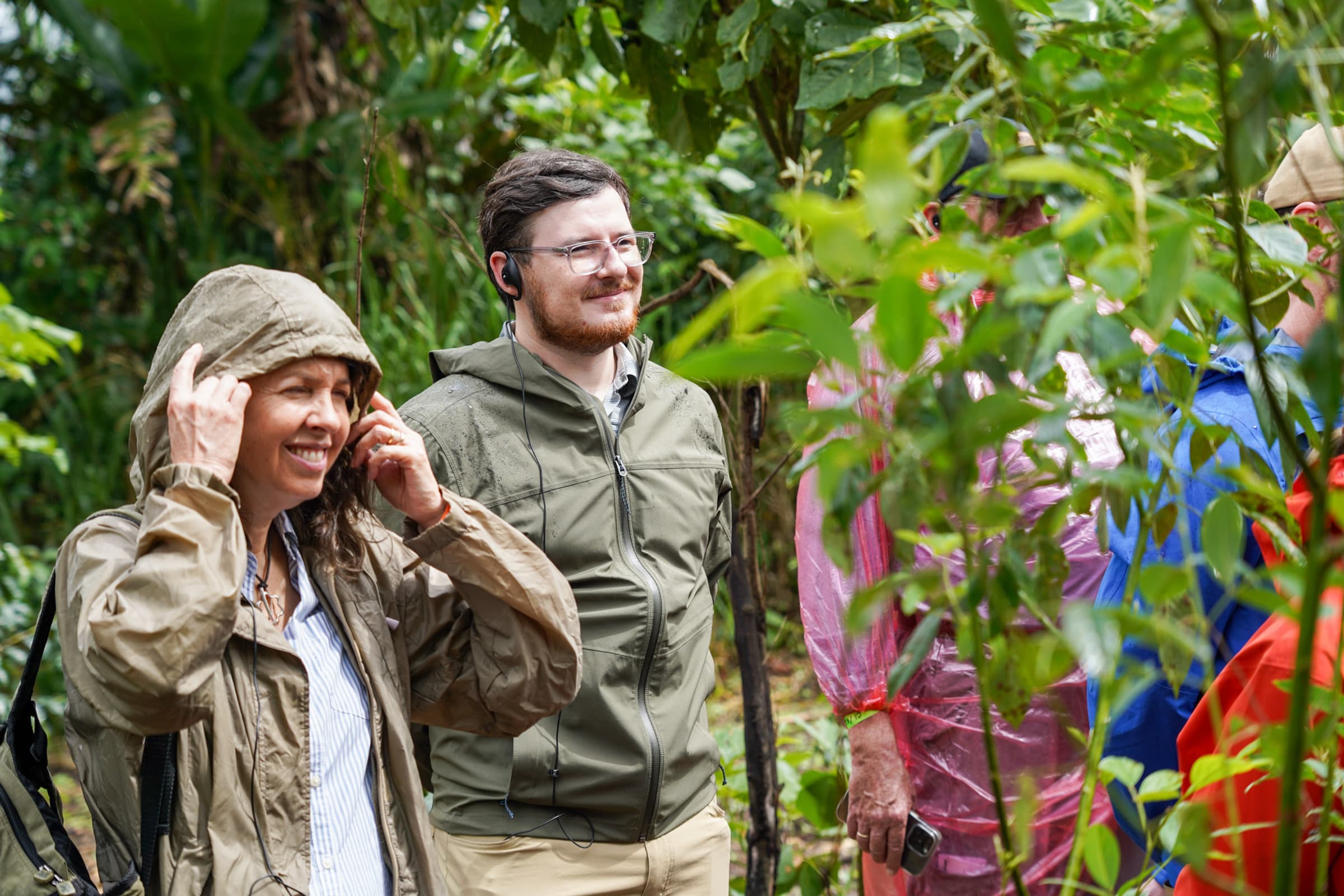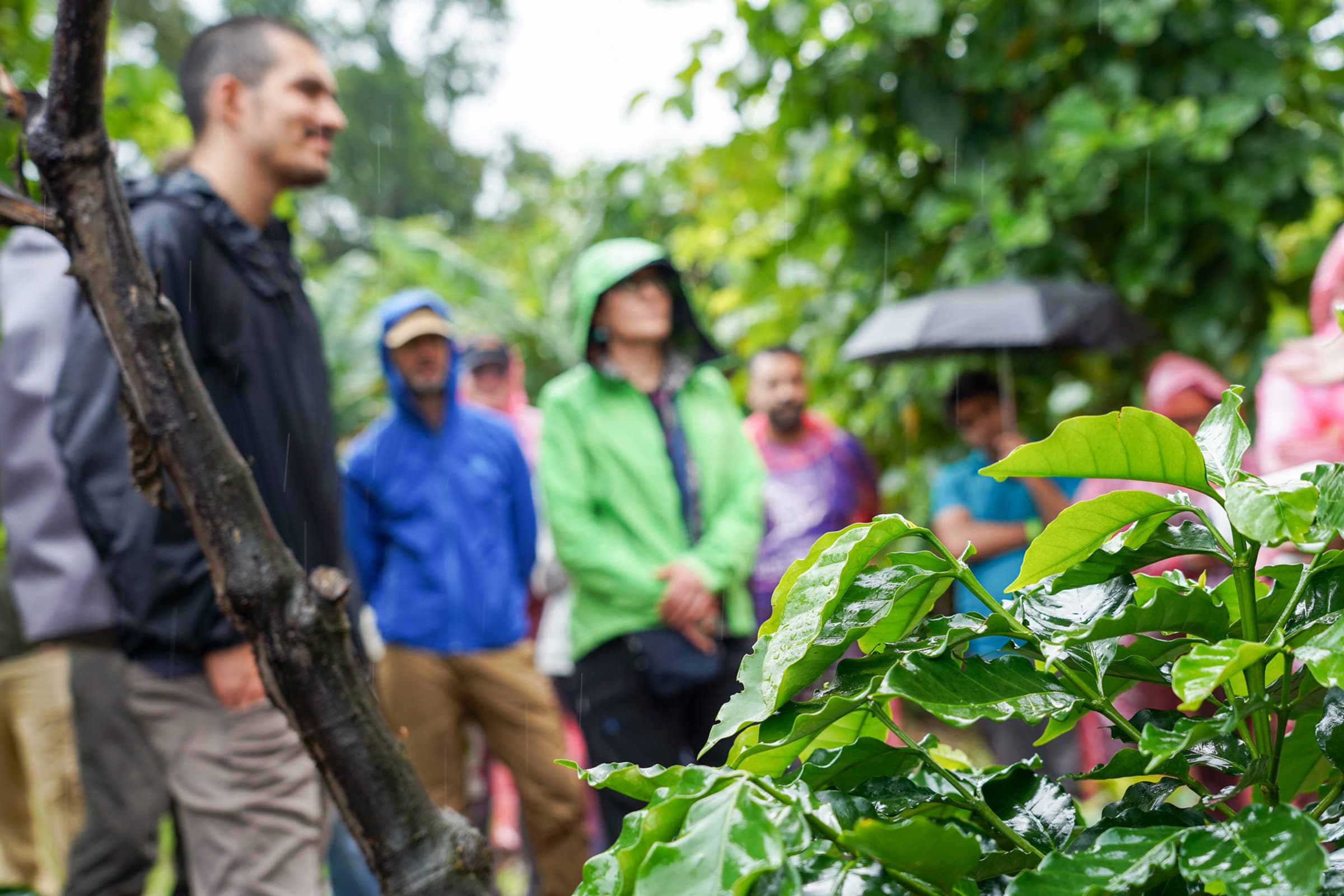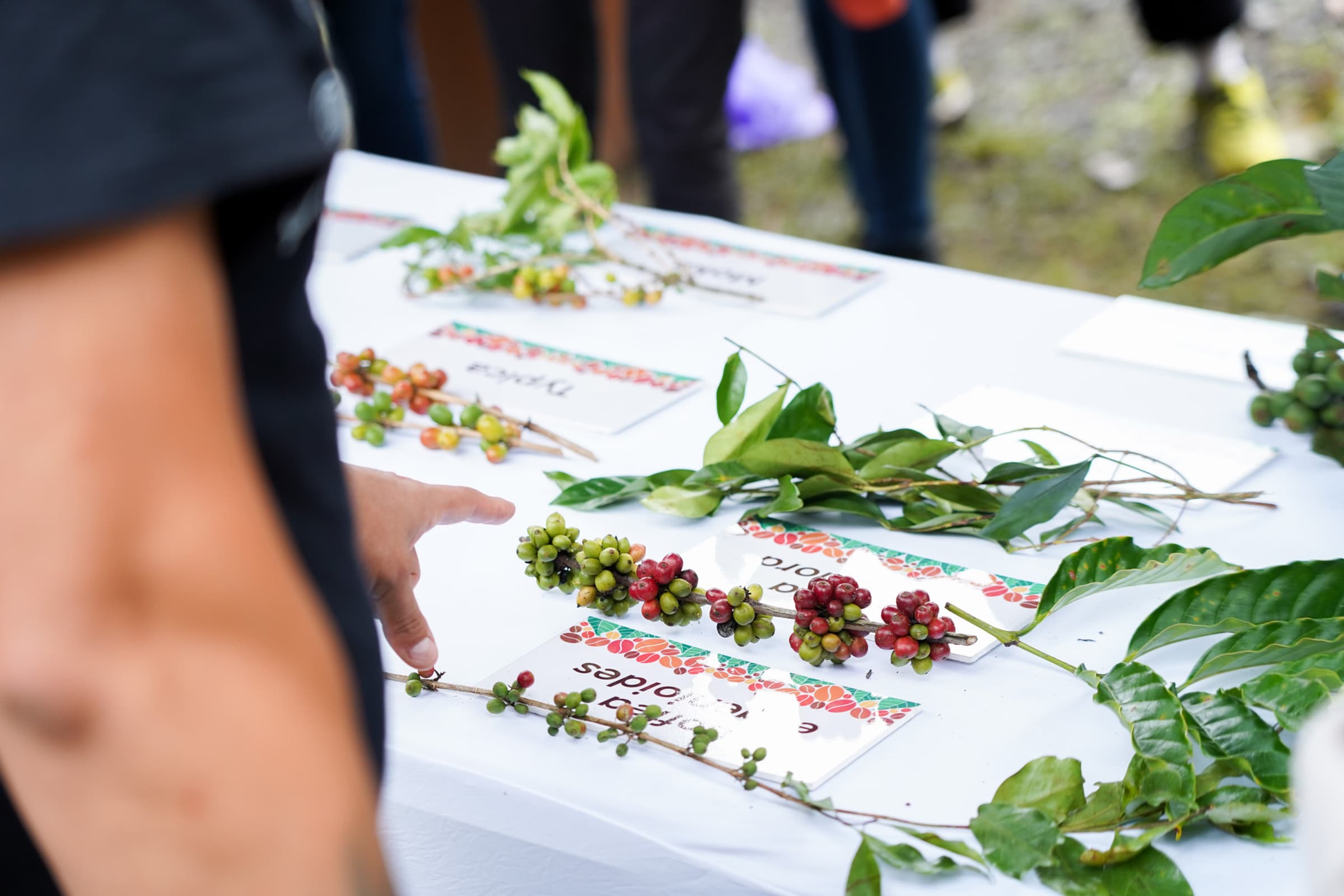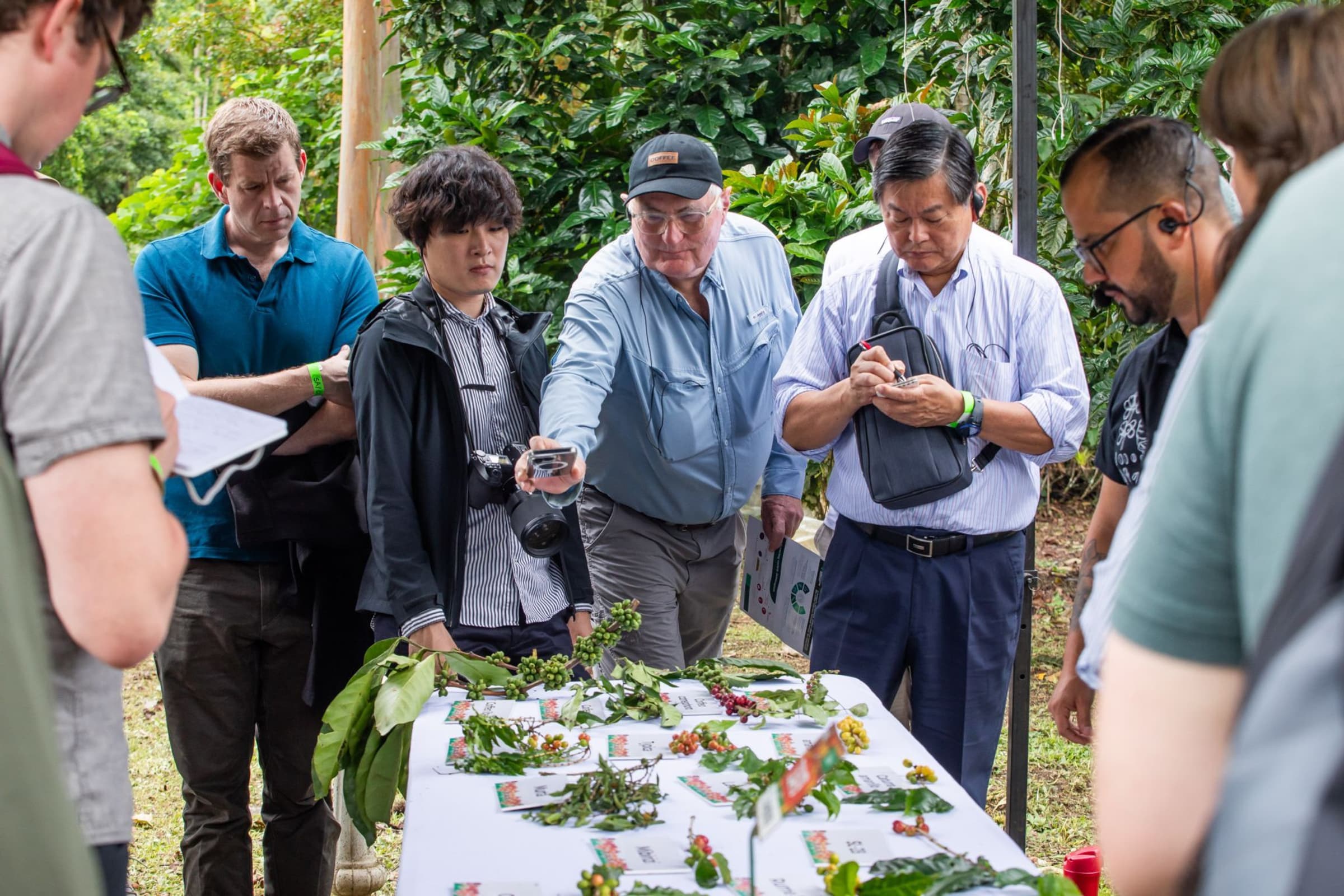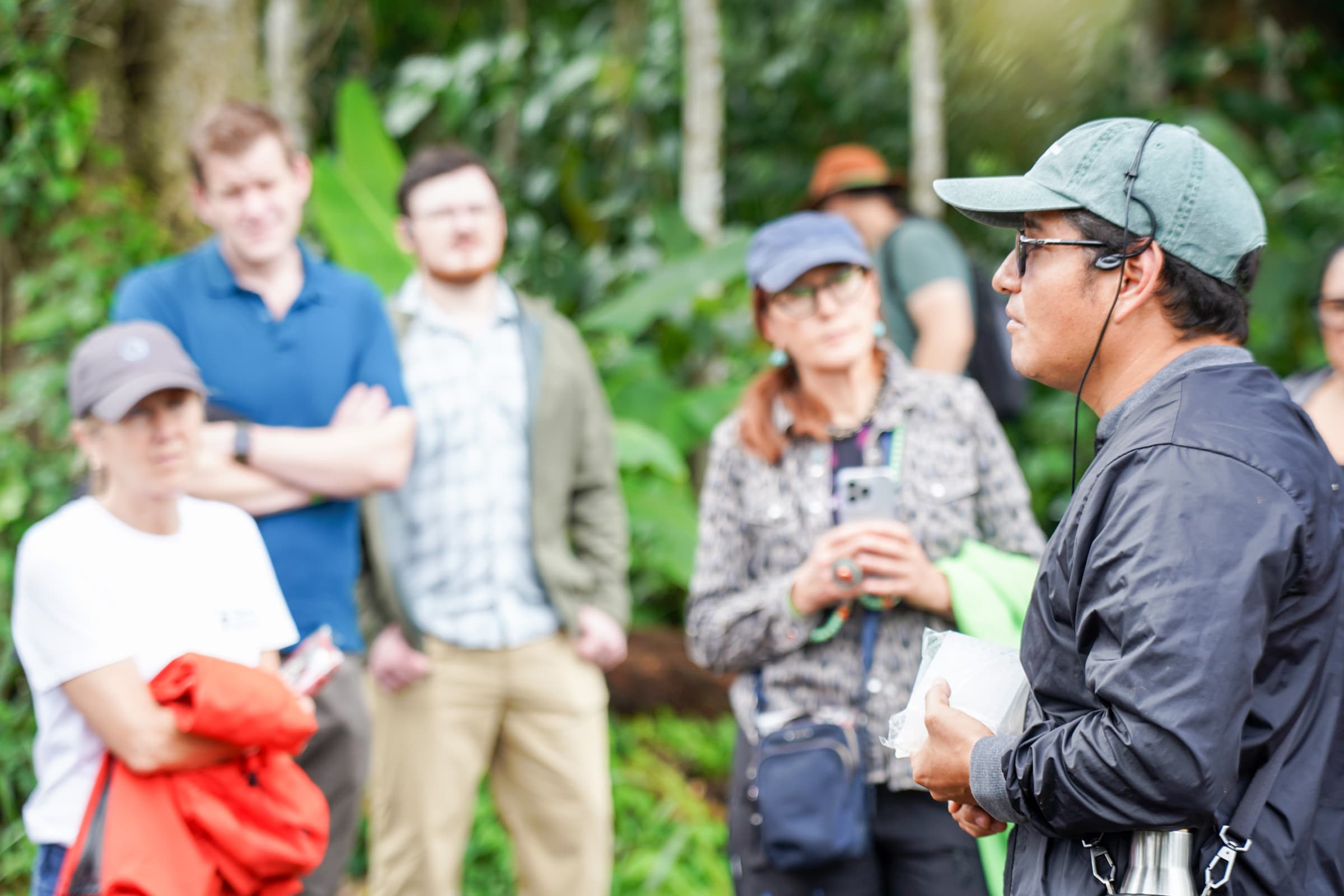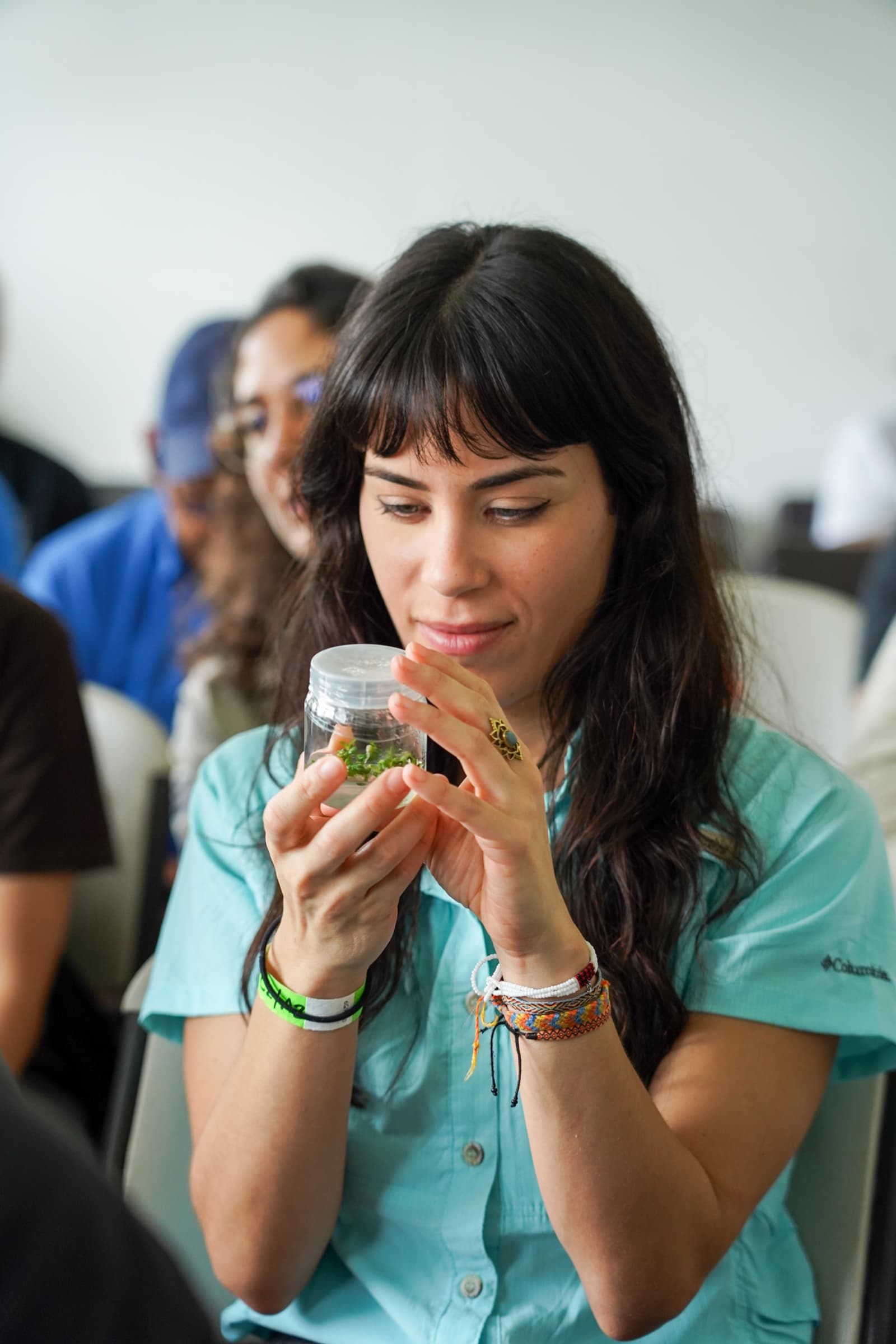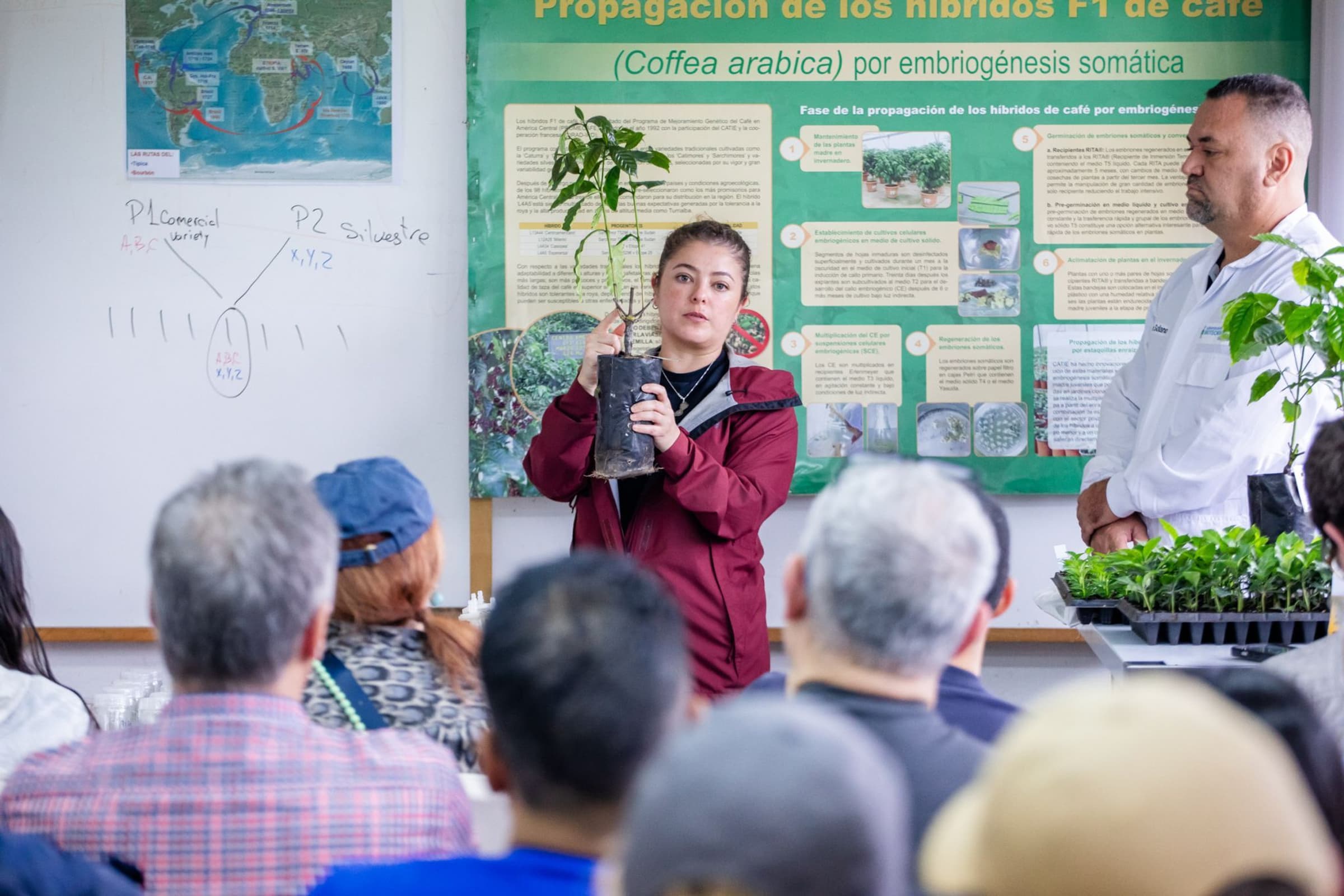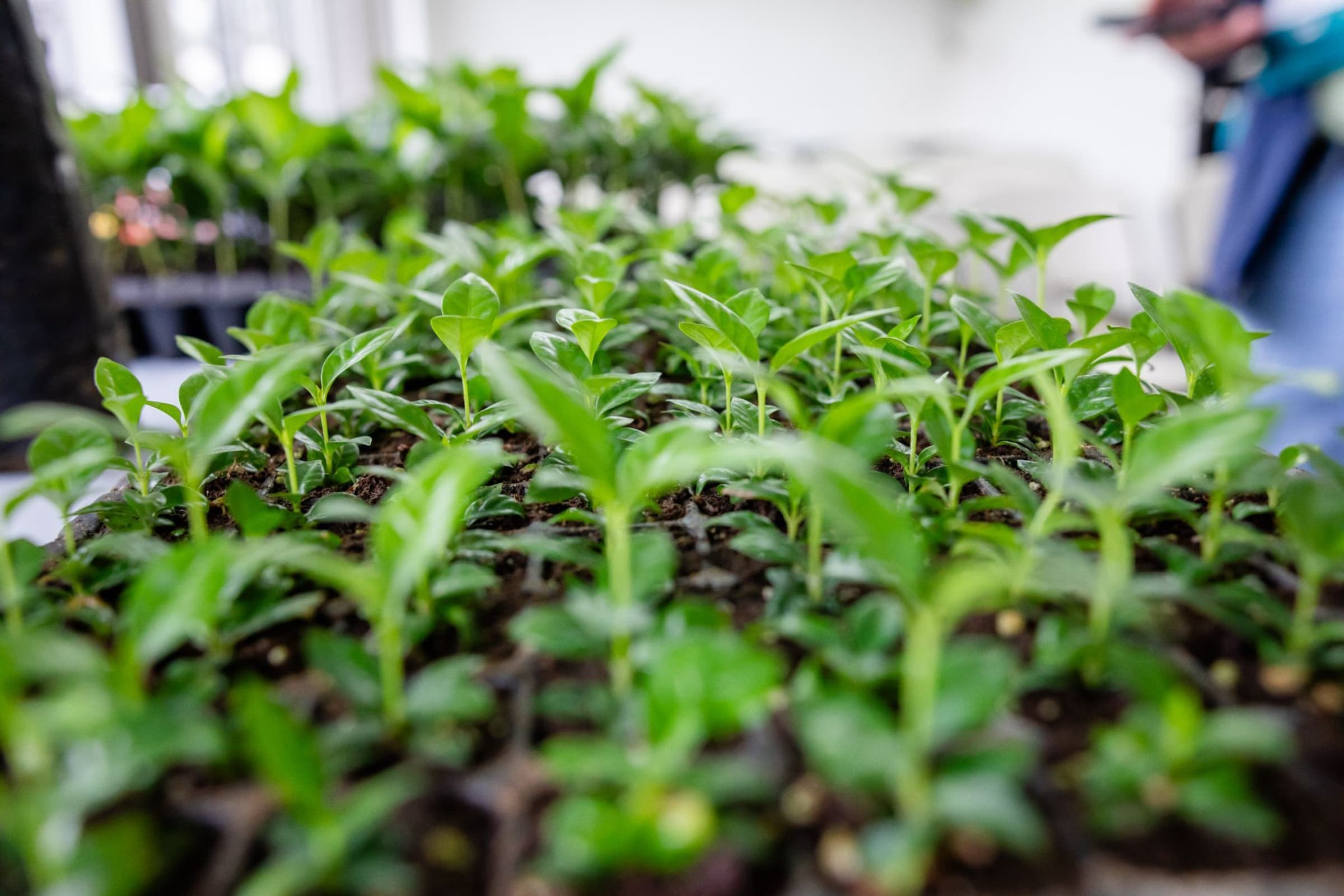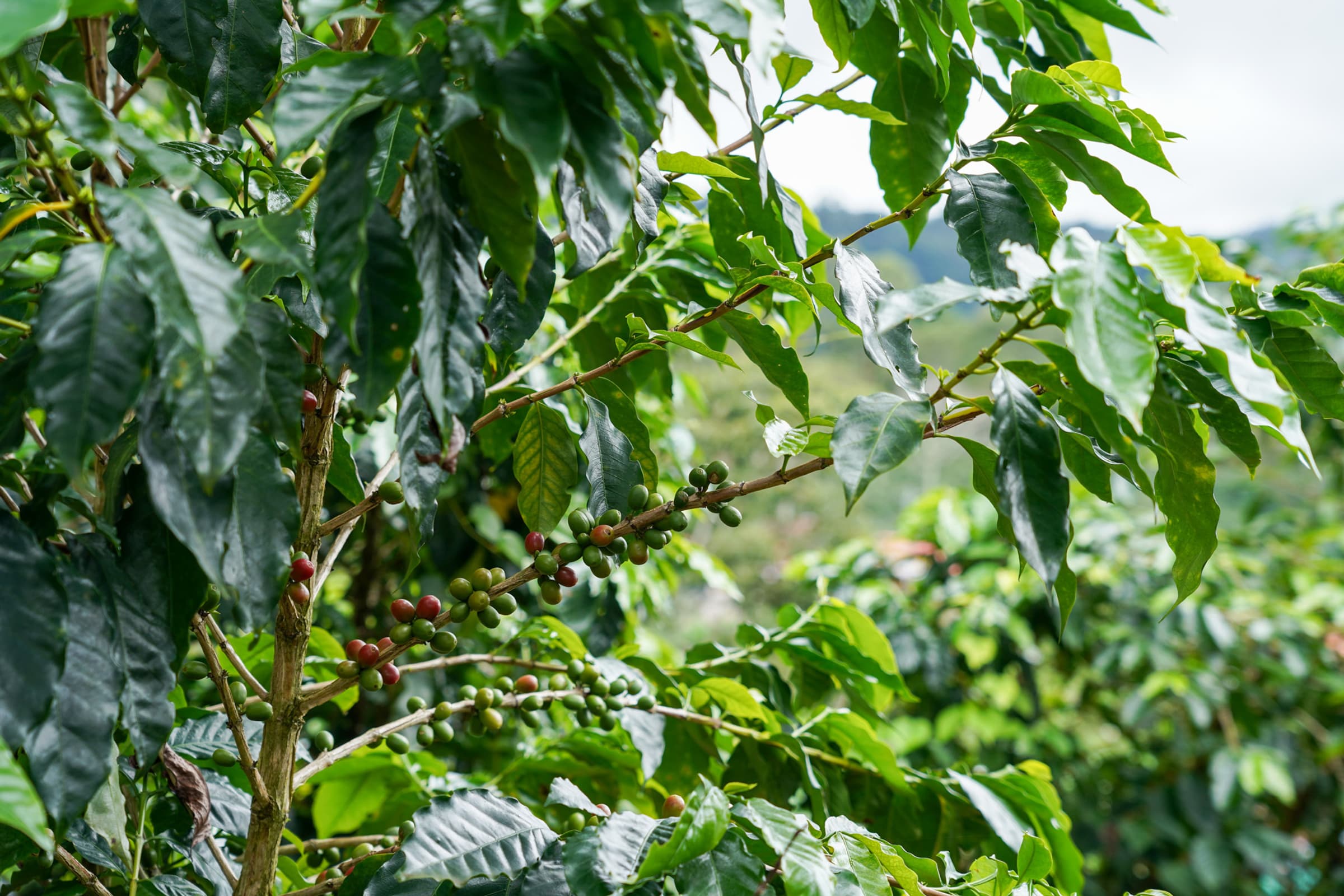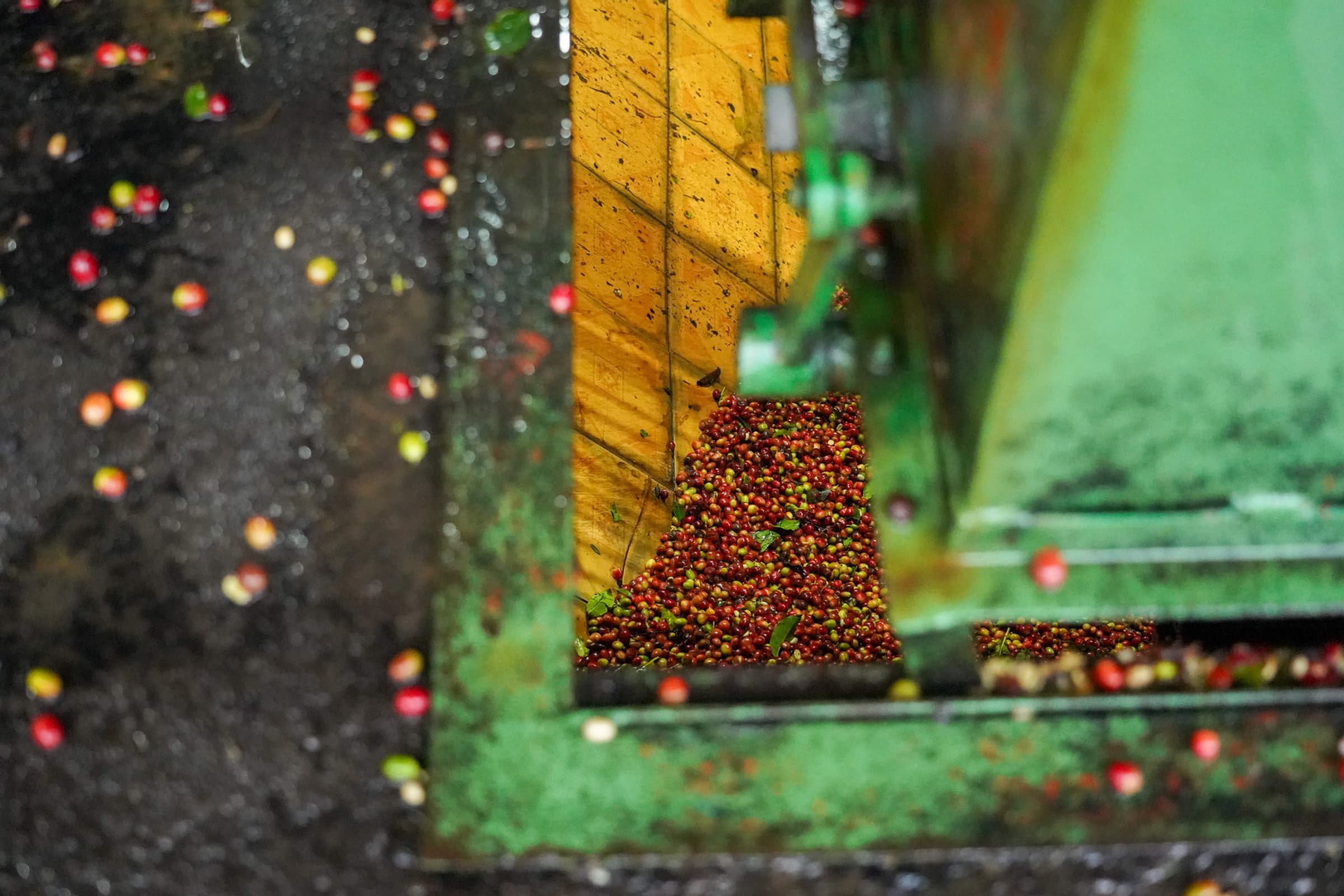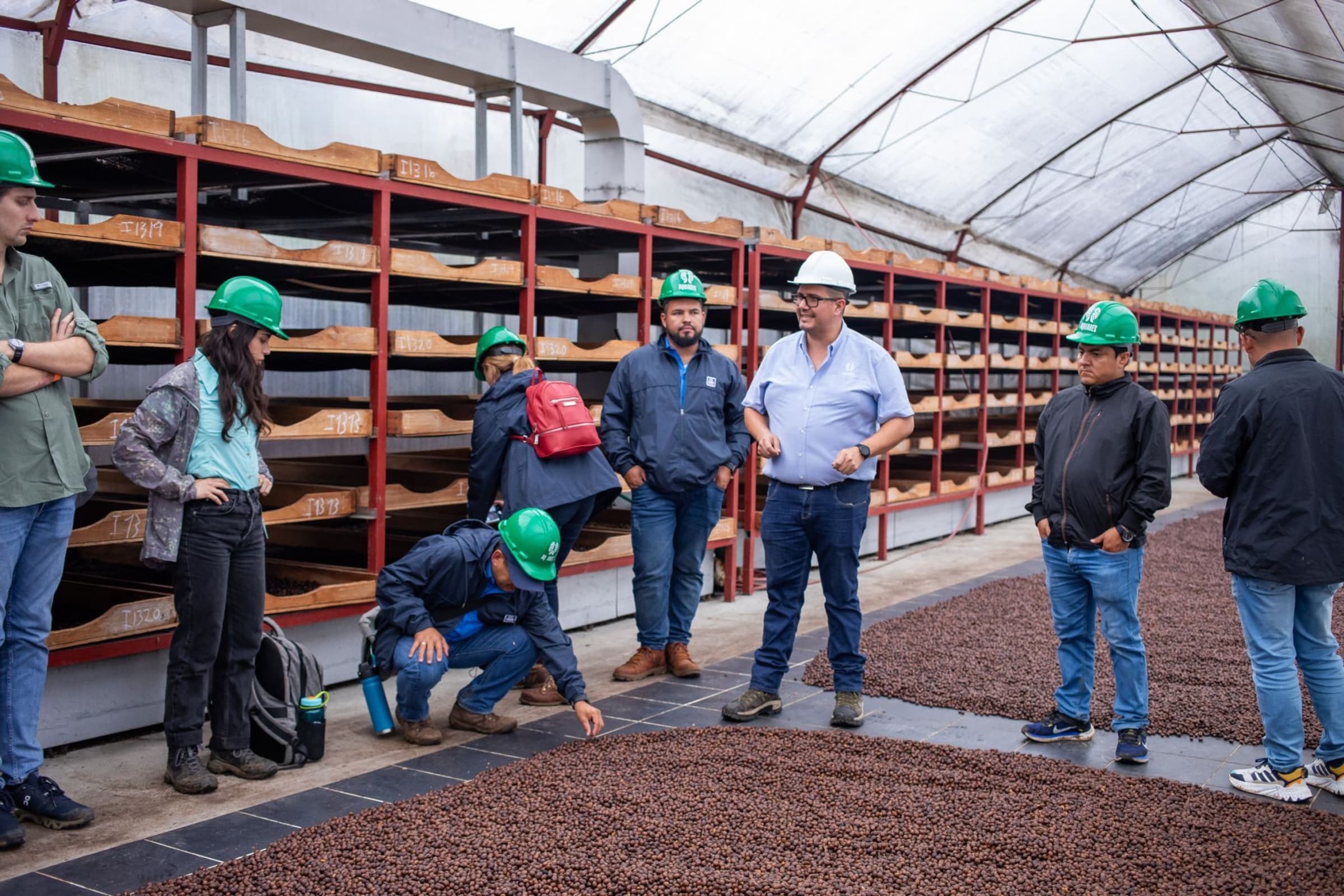Second annual member day fosters a deeper connection to global variety development research
Member company representatives from across the world gather in Costa Rica to engage first-hand with WCR’s work
On November 12, the World Coffee Research (WCR) team had the pleasure of welcoming representatives from member companies and guests around the globe to Costa Rica for the organization’s second annual Member Day. This event was a major expansion of last year’s inaugural event and hosted 43 participants from countries as near and far as Guatemala and Singapore in collaboration with SINTERCAFE.
The day consisted of field visits, demonstrations, and cupping activities—all to connect more deeply and tangibly with the variety research at the heart of WCR’s work to safeguard coffee production against climate change and enhance farmer livelihoods. Participants gathered in an immersive, hands-on journey through the coffee breeding pipeline, experiencing the raw genetic materials that scientists work with through to the making of crosses and selections, the birth of a new variety, and finally, how these materials are disseminated to farmers.
“I’ve followed WCR for several years now, and coming to this event, I was able to experience the fieldwork that contributes to [the organization’s] expertise and learn more about its research structure,” said Paul Newcomb, Head Roaster at Wonderstate Coffee. “I’d encourage any coffee professional to consider how susceptible coffee is to climate change and explore the type of efforts being made by WCR to diversify its genetics while maintaining quality standards.”
The group began the day at the Centro Agrónomico Tropical de Investicagión y Enseñanza (CATIE)—a key partner and research site host for WCR—which is the home to the fourth largest coffee collection in the world, and the only one under public domain. Participants were able to experience this collection, learn more about the genetic diversity that exists in coffee, and gain an understanding of how breeding scientists use these genetics to create new varieties.
From here, participants were guided through the exploration of two field sites at CATIE that are home to a collection of trees from the Innovea Global Arabica Breeding Network and several F1 hybrids by WCR Research Scientist in Breeding and Genomics Dr. Santos Barrera and Senior Manager of WCR’s Nursery Program, Emilia Umaña. The Innovea site contains trees generated from crosses made in 2022 between 16 parent trees—representing the evaluation phase of WCR’s variety development research geared toward accelerating genetic improvement in coffee.
In addition, during their time at CATIE, participants were able to experience demonstrations of important research processes like propagation methods and single-nucleotide polymorphism (SNP) genotyping from CATIE researcher William Solano and Umaña, respectively. These demonstrations also included educational discussions about how and why these processes are used to further innovation in coffee—for example, participants learned how SNP genotyping is used for variety identification and traceability for nurseries and seed lots and how somatic embryogenesis is used for multiplication of materials like F1 hybrids.
“The work WCR has been undertaking with CATIE was incredible to see firsthand,” said Dave Stanton, Owner of Crankhouse Coffee, “and the moment we spent in the lab with William and Emilia—with the petrie dishes and seedlings—was quite special.”
In the afternoon, the group traveled to the nearby Aquiares Coffee Estate, the country’s largest contiguous coffee farm originally founded in 1890. There, Umaña and Aquiares’ General Manager Diego Robelo spoke about the importance of variety innovation and farm renovation for producers.
Robelo cited his own experience with farm renovation as Aquiares was a trial site for WCR’s original F1 hybrids, which supported the estate’s adaptation to challenges like coffee leaf rust and changing weather patterns. Aquiares continues to be a valuable partner in providing green samples of WCR F1 hybrids for member companies to taste, and the group was able to cup the first samples from this year’s harvest.
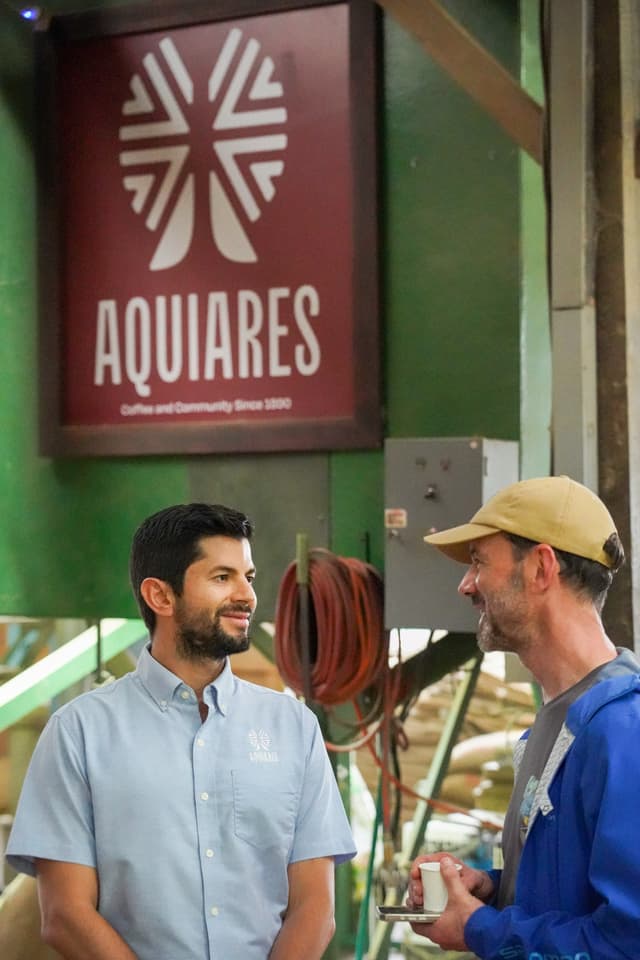
WCR and its staff are deeply grateful for the member company representatives, guests, and partners who joined in this event to experience what it means to engage in pre-competitive industry collaboration. Team members—including Barrera and Umaña as mentioned above, Director of Research and Development Dr. Tania Humphrey, Director of Industry Membership and Development Alexa Heinicke, and Maeve Holler, Industry Communications Manager—returned from the trip with a renewed sense of gratitude for those industry stakeholders who have made such a strong commitment to the future of coffee.
“Taking an up-close and personal look at the science behind variety innovation is powerful and inspiring. It gives us tremendous hope that a brighter future for coffee is on the horizon. This day was an incredible opportunity to connect and share this with our member companies and guests,” said Heinicke. “I believe in the collective power of people coming together to solve big problems, and that’s exactly what WCR member companies are achieving with their investment and advocacy. We look forward to hosting Member Days and similar events to engage more deeply with WCR in the future.”
